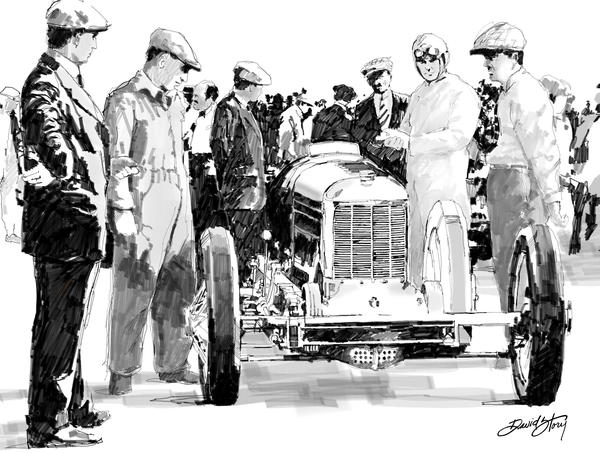- 1890s Cars
- Barney Oldfield Images
- Oldfield - Petersen
- Beer
- Early Auto Industry
- Uniontown - Marci McGuinness
- General Period Clip Art
- Early Race Related Clip Art
- Advertising and Editorial Cartoons
- Early Indianapolis
- IMS Construction
- Indianapolis Speedway
- First IMS Auto Races
- Failed 1909 Air Show
- 1909 IMS Balloon Races
- 1909 IMS Motorcycle Meet
- 1910 Indianapolis Auto Show
- 1913 Indianapolis 500
- 1919 Indianapolis 500
- Joe Dawson
- WWI "500" Winner Draft Cards
- Frank Di Buglione (off the wall art, LLC)
- Gilbert Art
- Carl Graham Fisher
- IMS Hall of Fame Museum
- Alco at 100th Anniversary
- Frederic Matile - Morris Park
- Miami-Fulford Speedway
- Paul Sheedy Collection
- Early Wyoming Racing - 1909 - 1919
- Personalities
- Early Racing Images
- Glidden Tour
- 1909 Cobe Trophy
- Fairmount Park & Belmont Estates
- Early Santa Monica
- Don Radbruch Collection
- Jeroen de Boer Collection 1910
- Jeroen de Boer Collection 1912
- Jeroen de Boer Collection 1913
- Jeroen de Boer Collection 1914
- Georges Boillot
- Story's Indianapolis 500 Cars
- Story's Sports Cars
- Story's Grand Prix Cars
- Old School
- Story's Brickyard Sketchbook
Just Before The Start
Photo Gallery Categories
Search
Featured Article
Image of The Week

This original art from David Story depicts the pits at the Indianapolis Motor Speedway in the moments leading up to the start of an Indianapolis 500 during the 1920s. The following words were also provided by David.
The race track now known as the Indianapolis Motor Speedway was the vision of Carl G. Fisher. In time, what was an overgrown 320 acres on the edge of Indianapolis, became known as the “Greatest Spectacle in Racing,” because of Fisher’s vision. He was an entrepreneur, a businessman and race car driver—and was the driving force behind the creation of the speedway. He envisioned the need for a proving ground for burgeoning American auto manufacturers where they could test their products and race against the best competitors from around the world.
The 2.5-mile oval track consists of four corners which are 60 feet wide, a quarter-mile long and banked at just over nine degrees. The turns are connected on the north and south ends by “short chutes” one-eighth of a mile long. A 50-foot-wide front and back straightaway five-eighths of a mile long connected the turns.
The original surface of crushed stone and tar couldn’t withstand the pounding wheels of the race cars, so Fisher had the entire Speedway paved with bricks. Hence the name “The Brickyard” came into being and remains its nickname today. It required 3.2 million bricks, each grouted with cement, to complete the resurfacing of the track.
Shorter races were held in 1909 and 1910 ranging from one to 200 miles. Speedway management soon agreed that one major event each year would be better. It was decided that a 500-mile race would be run on Memorial Day in 1911. The race posted a purse of $25,000, an unheard-of sum for the day.
| Attachment | Size |
|---|---|
| Just Before the Start.jpg | 1.64 MB |
